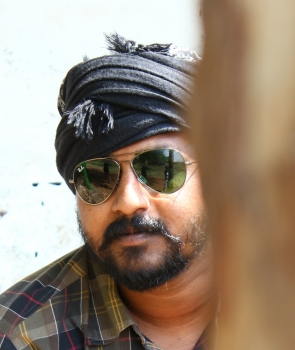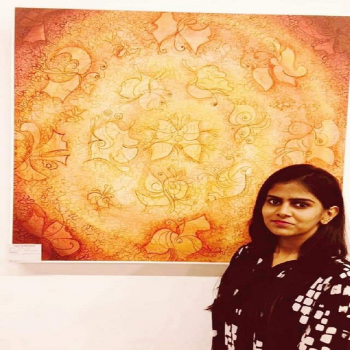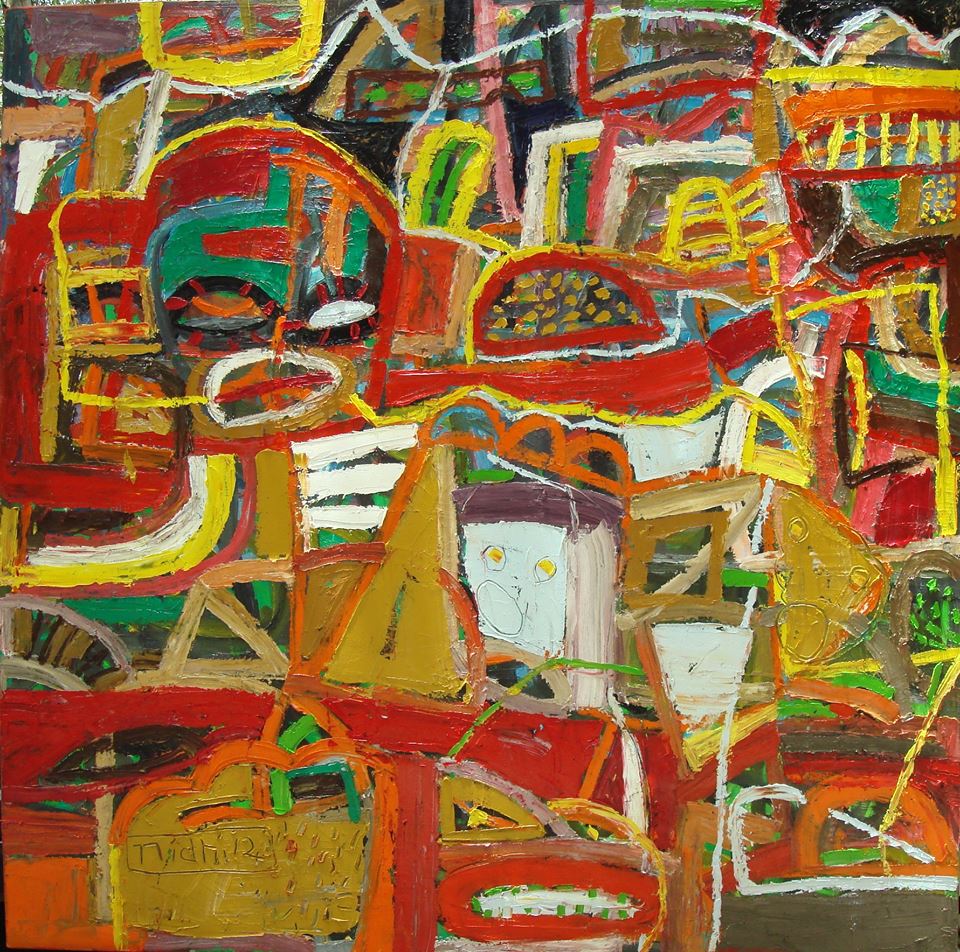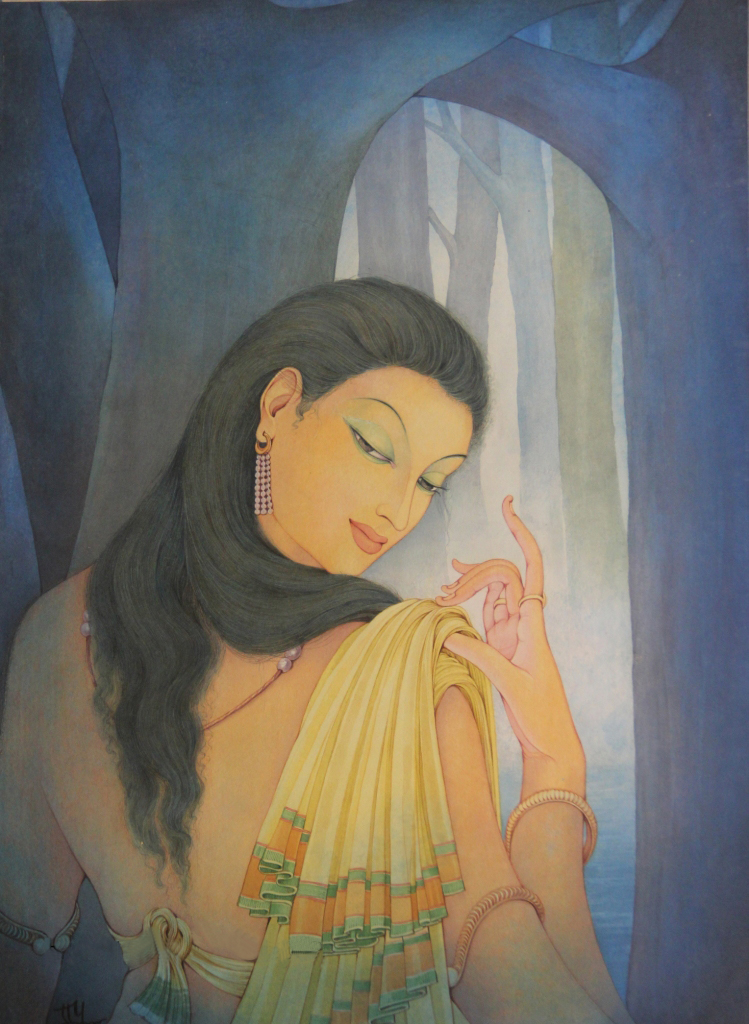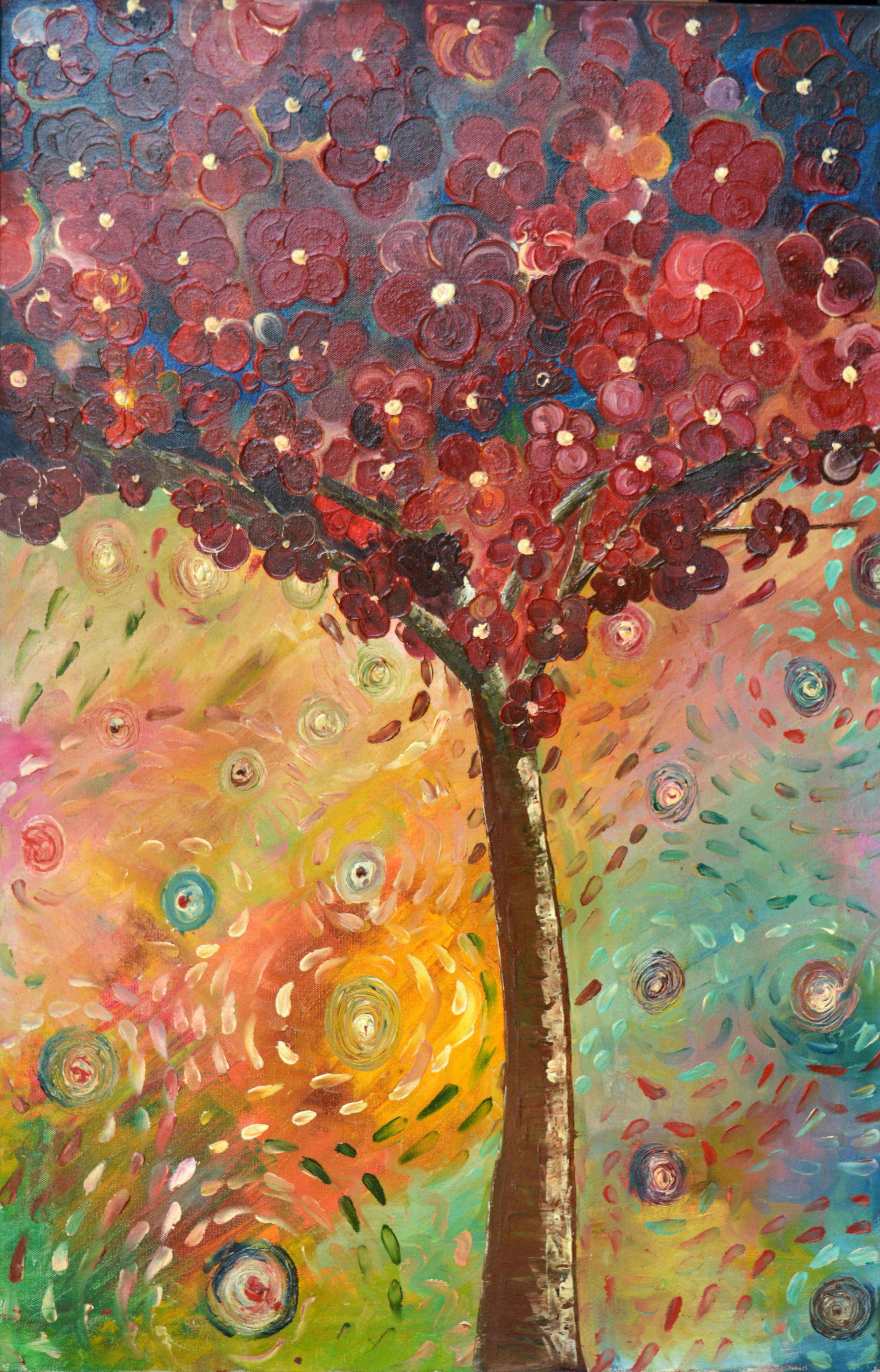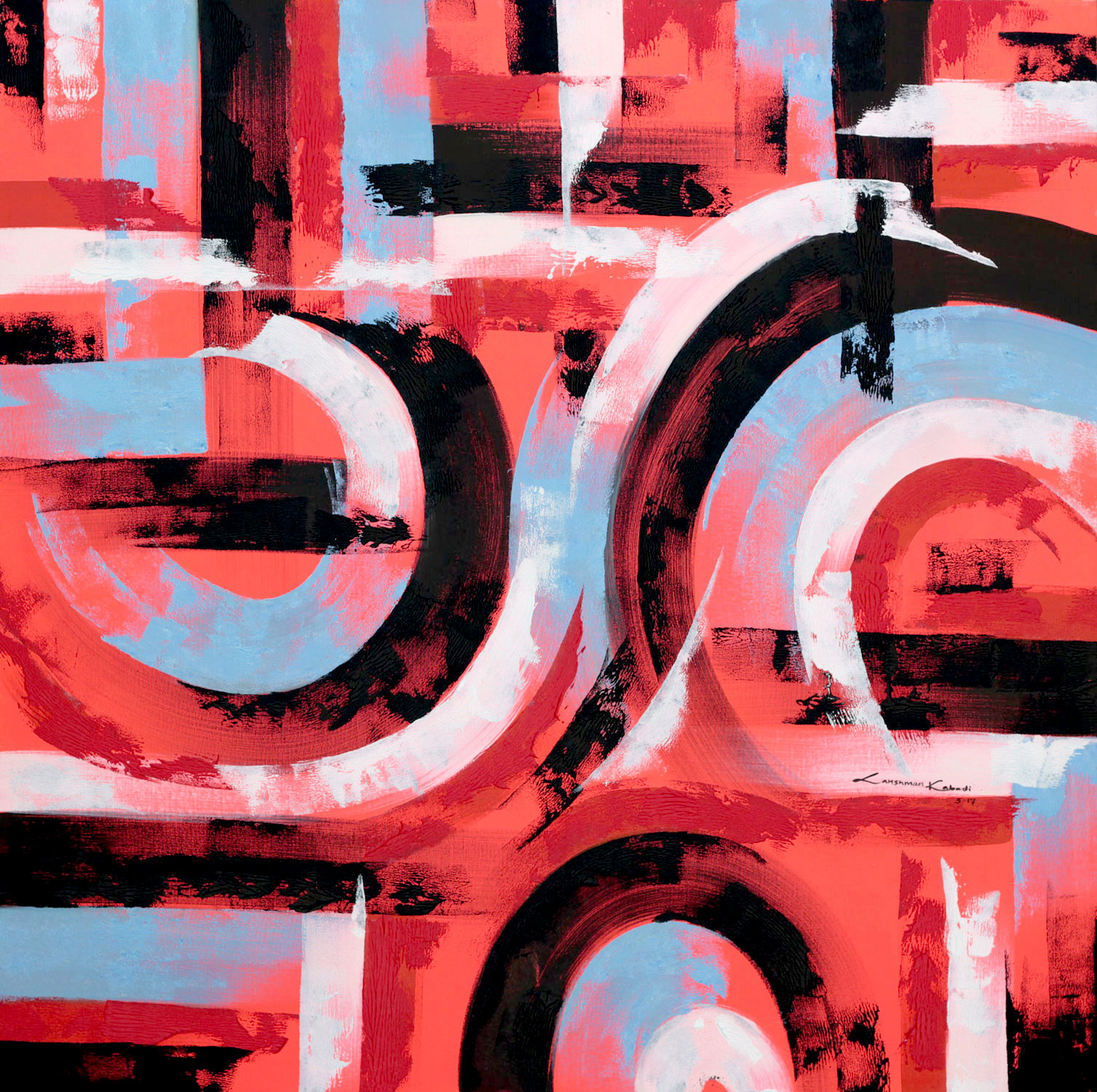
An oil painting is known for its aesthetical designs, superior colours, and the texture. Particularly, texture shapes the beauty of oil paintings. As an art lover, have you encountered any confusion while deciding what sort of texture should be added to an oil painting?
If yes, you have landed on the perfect page. In general terms, a texture is the recognized surface quality of an artwork such as painting.
There are types of textures available such as rough & smooth textures. A painting with rough texture is meant to hold more dynamism, emotional activeness, and depth. In addition, rough textures are known to have higher contrast than the smooth ones.
Through this blog, I am going to give you a walkthrough the tips that will help you in crafting more than one texture in oil paintings. Let’s take a look:
-
Impasto
This term is meant to mention the densely textured paint that looks like a 3-dimensional structure. One interesting about paintings with impasto technique is that you can find the brush strokes in finished oil paintings.
Artists consider impasto as a kind of sculpture that is carved by painters on a canvas. Unlikely to wet-on-wet mixing tactics, impasto is all about making a physical assertion, which makes them utilized mostly in abstract art paintings.
To start, load up your brush or painter’s knife with paint (in more quantity than required) and squash onto the canvas and wait for it to get settled. There is absolutely no requirement for the process such as dying or scrubbing.
It is recommended that you do not mess up with one spot too many times as it trims the 3-dimensional appearance.
Read More: Impasto Technique used by Artists in Oil Painting
-
Wash and Glaze
Glazes are the layers of oil paint that can be seen through or are transparent.
On the other hand, the layers of paint that follow the translucent property are termed as washes. A glaze is generally utilized to make a third colour. By adding the glaze over another dry colour you can simply make a third colour.
A glaze is known to darken a colour and is hence utilized to cast shadows over complex textures.
Similarly, a wash is also utilized on another dry colour and is known to not lose its original colour. So, when a wash is put over a dry colour, the former forms a translucent layer of that particular layer.
-
Stipple
This is a process in which a pattern is formed using dots by imitating solid structure to various degrees or shading.
These sorts of patterns are found due to the natural occurrence and become like the apple of eye for artists for the imitation purposes.
All you need to do is utilize thick paints on the tip of the brush while immersing the same into the paint.
Post this, you just need to sway your hand with the tip of brush hitting the canvas lightly, which will form small paint dots and helps you in bringing varied effects in the painting.












